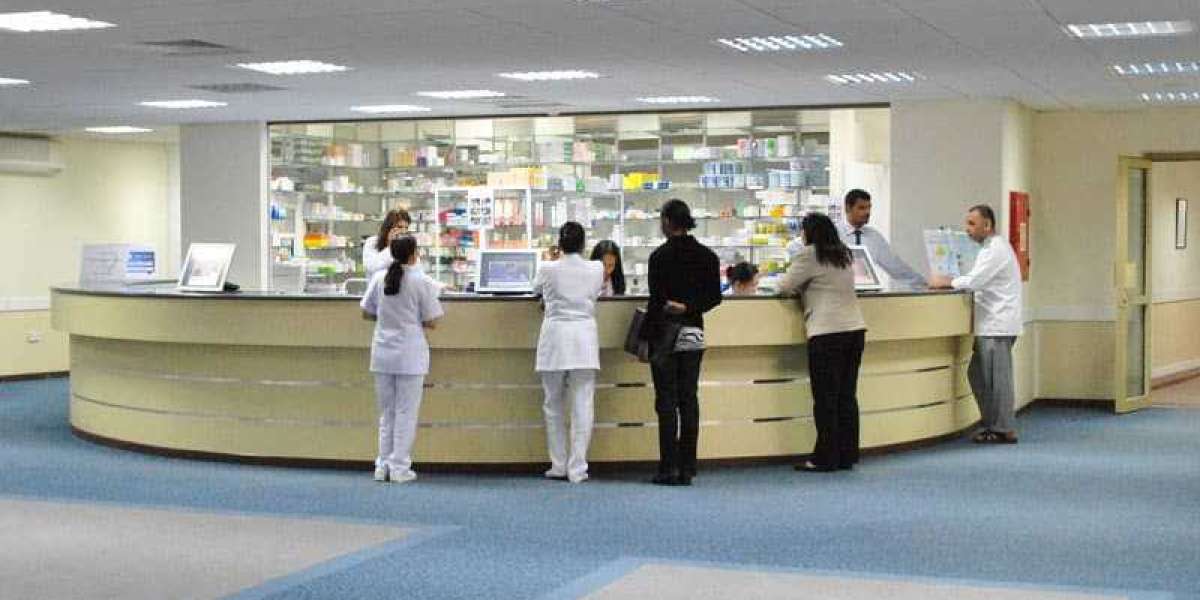Regulating Medication Supply and Inventory
Hospitals must carefully manage their hospital pharmaceutical inventory to ensure an adequate supply of all needed medications is available for patients. An efficient medication supply chain is vital for providing prompt treatment. Hospital pharmacies work to regulate inventory levels through regular reviews and reordering. All drugs received into and dispensed from the pharmacy are logged in a computerized database. This allows staff to track usage trends and projected needs. Regular audits compare current stocks to par levels established with each drug's average usage rate. Reorders are placed in a timely manner to avoid stockouts of essential medications. Coordination with suppliers helps maintain continuity of medication availability.
Prescribing and Dispensing Accuracy
Accuracy is essential at all stages of the medication use Hospital Pharmaceuticals. Physicians must clearly write prescriptions with complete dosing instructions. Pharmacists then verify the prescription is for the intended patient, drug, dosage, and duration. Any incorrect or ambiguous orders are discussed with the prescriber before dispensing. Labels on dispensed drugs are triple checked against the prescription to ensure full accuracy. Drug names, strengths, and directions are free from any errors. Special programs validate allergy and interaction screening during order entry. Robotic dispensing systems lend an additional layer of safety by double checking human processes. Ongoing competency assessments help staff maintain high performance levels.
Adverse Drug Event Prevention
Preventing medication errors and adverse drug events (ADEs) is a top patient safety priority. Hospitals implement multiple safeguards to catch potential issues before harm occurs. Computerized physician order entry paired with clinical decision support alerts providers to important interactions, duplications, or contraindications. Pharmacists actively review new medication orders to screen for problems. Barcode scanning verifies the five rights of medication administration. Patients are educated on their medications to enhance monitoring for adverse effects or noncompliance issues. Blood levels are monitored as clinically indicated. Standardized protocols guide reporting and analysis of all medication errors and ADEs to learn from mistakes and strengthen existing safety systems.
Get More Insights on- Hospital Pharmaceuticals














